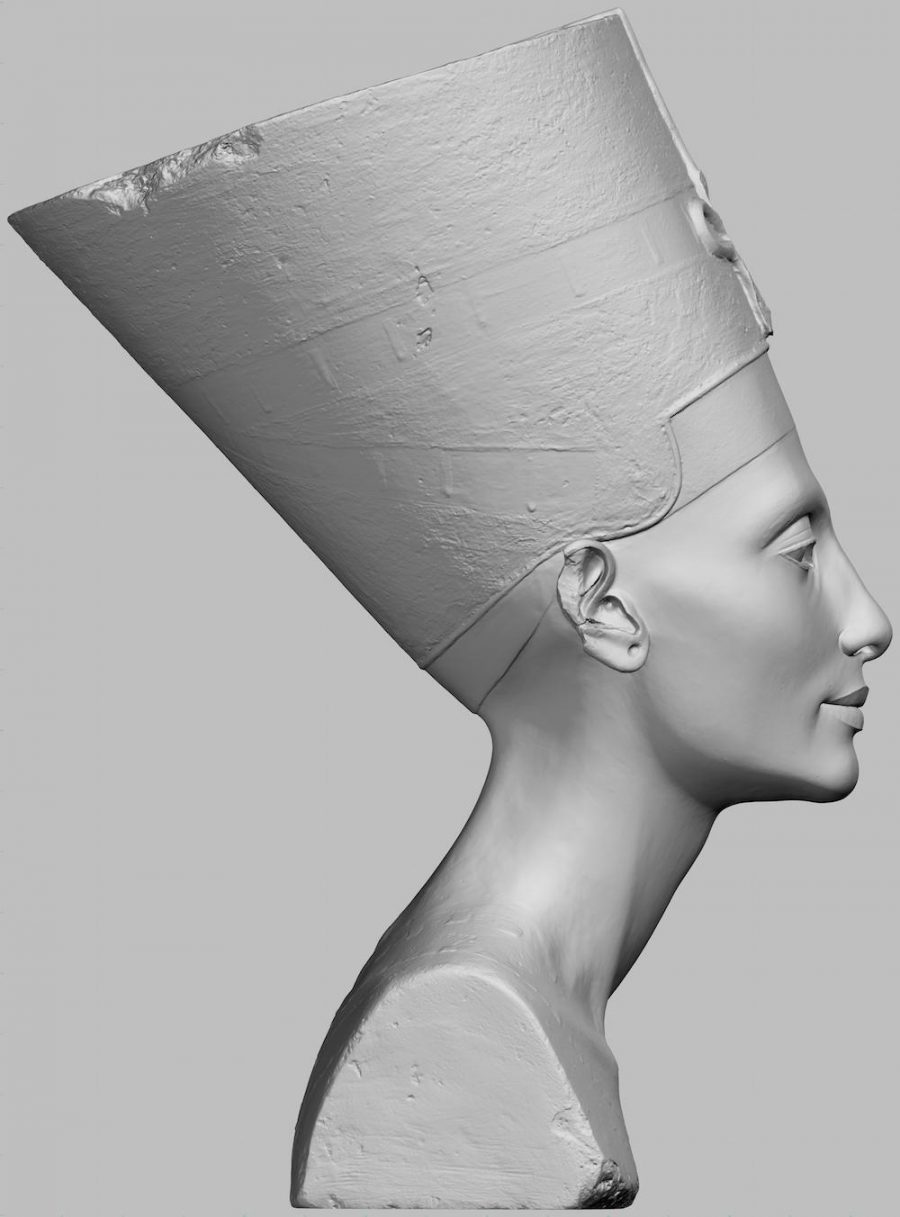
Philip Glass
Akhnaten
Portrait Trilogy:Einstein; Akhnaten; Gandhi
According to the composer, this work is the culmination of his two other biographical operas, Einstein on the Beach (about Albert Einstein) and Satyagraha (about Mahatma Gandhi). These three people – Akhenaten, Einstein and Gandhi – were all driven by an inner vision which altered the age in which they lived, in particular Akhenaten in religion, Einstein in science, and Gandhi in politics.
The text, taken from original sources, is sung in the original languages, linked together with the commentary of a narrator in a modern language, such as English or German. Egyptian texts of the period are taken from a poem of Akhenaten himself, from the Book of the Dead, and from extracts of decrees and letters from the Amarna period, the seventeen-year period of Akhenaten’s rule. Other portions are in Akkadian and Biblical Hebrew. Akhnaten’s Hymn to the Sun is sung in the language of the audience.
OPERA


